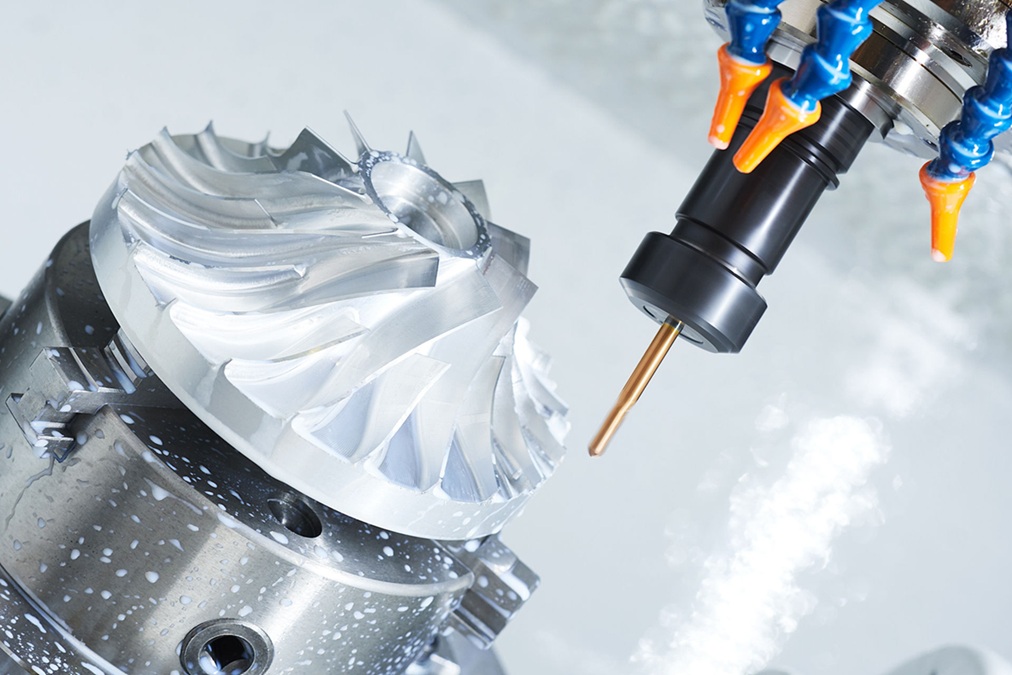In the world of precision machining, cutting tools play a vital role. They directly determine cutting efficiency, machining accuracy, and the final product's surface quality. Even with the most advanced CNC machine tools, without the right cutting tools, their full potential can't be realized. Therefore, mastering these advanced techniques will help you achieve outstanding results in complex machining tasks while optimizing production costs.
Comprehensive Considerations for Cutting Tool Selection & Examples
Choosing a cutting tool isn't determined by a single factor but is the result of multiple comprehensive considerations.
Comprehensive Considerations:
- Workpiece Material: The most critical consideration. Material hardness, toughness, thermal conductivity, and chemical activity dictate the cutting tool's material, coating, and geometry.
- Machining Task: Roughing (focus on efficiency), finishing (focus on accuracy and surface quality), drilling, slotting, contouring, etc., influence the cutting tool type and parameters.
- Machine Performance: Spindle speed, power, rigidity, feed rate, etc., determine the cutting conditions the tool can withstand.
- Workpiece Shape & Size: Affects the tool's projection length and diameter selection.
- Tooling Cost & Lifespan: Balancing machining costs with tool consumption.
Case Study: Deep Slot Machining of Stainless Steel (SUS304)
- Material Characteristics: Stainless steel is tough, prone to work hardening, and has poor thermal conductivity.
- Task Characteristics: Deep slot machining, difficult chip evacuation.
- Cutting Tool Selection Recommendations:
- Tool Type: End mill.
- Tool Material: Carbide.
- Tool Coating: TiAlN or AlTiN recommended for better high-temperature resistance and anti-adhesion.
- Flute Count: Considering chip evacuation and strength, 3 or 4 flutes are recommended.
- Helix Angle: Choose a medium to large helix angle (e.g., 35-45 degrees) for better chip evacuation and reduced cutting vibration.
- Cutting Parameters: Lower cutting speed and moderate feed rate, combined with ample coolant (or MQL), to prevent work hardening and tool overheating.
Cutting Tool Wear Judgment & Lifespan Management
Even with the most suitable cutting tool, wear is inevitable. Timely judgment of tool wear and replacement is crucial for ensuring machining quality and preventing equipment damage.
Common Cutting Tool Wear Forms:
- Flank Wear: Caused by friction between the tool's flank face and the machined surface of the workpiece, appearing as a bright band on the flank. This is the most common and ideal form of wear.
- Crater Wear: A pit formed on the tool's rake face due to friction and erosion from chips. Usually occurs during high-speed cutting of tough materials.
- Chipping: Local chipping of the cutting edge, leading to unstable cutting forces and rough machined surfaces.
- Breakage: Complete fracture of the tool, usually caused by excessive cutting forces, severe vibration, or tool fatigue.
Signs to Judge Cutting Tool Wear:
- Decreased Machining Surface Quality: Increased surface roughness, burrs, loss of luster.
- Abnormal Cutting Sound: Sharp, piercing, or unstable sounds.
- Increased Cutting Force: Observe the machine's power meter or listen to the motor sound; increased cutting resistance.
- Chip Changes: Abnormal chip shape or color, or chip adhesion.
- Unstable Dimensional Accuracy: Machined dimensions show deviations or inconsistencies.
Cutting Tool Lifespan Management:
- Regular Inspection: Periodically check tool wear based on experience or machining time.
- Preset Lifespan: Based on tool supplier recommendations and actual machining experience, set an expected tool lifespan and replace tools when due.
- Monitoring System: Implement a tool lifespan monitoring system, using sensors or data analysis to automatically alert for tool wear.
- Tool Resharpening: For resharpenable tools, perform resharpening once a certain degree of wear is reached to extend their lifespan.
Precision Tooling, Achieving Excellent Machining
Cutting tool selection and application is both an art and a science in machine tool machining technology. It involves not only your understanding of material properties, tool types, and geometry but also your ability to comprehensively judge and optimize parameters in practical applications. Through systematic learning and practice, mastering the key principles of cutting tool selection, combined with precise wear judgment and management, you will significantly enhance machine tool machining efficiency, ensure excellent product quality, and effectively reduce production costs. Precision tooling is the path to efficient, high-quality manufacturing.





.png)








